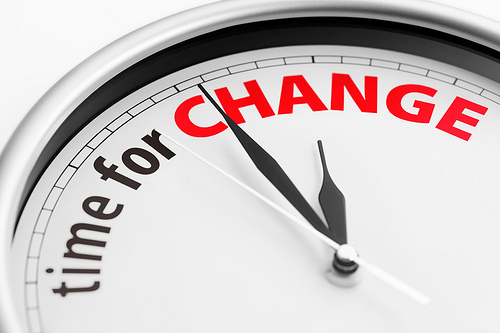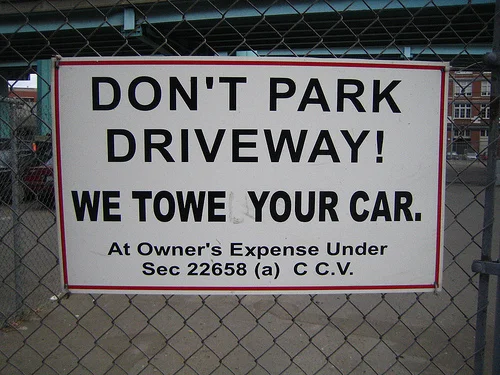I just finished the first draft of the second novel in my middle-grade to adult time travel series (hence the temporary blog silence). After a giddy day of celebration (okay it has been three days), I need to start planning out the second draft. I have a short story that I have to write for anthology (exciting announcement coming soon) by the beginning of August and then I have to do revisions to the tentatively titled A Quill Ladder by September 15 to meet the deadline I’ve agreed upon with my editor.
Gulp…
My two previous books went through a lot of iterations. The second draft period extended out for months, if not years, and there was a lot of fluidity to my drafting process, such that it was kind of hard to pinpoint the end of the first draft and the start of the third. It is entirely possible that In the Shadows of the Mosquito Constellation went through twenty-one complete and total rewrites over the course of seven years. Now, I did write two other novels in that time and took a year off to work. But, a conservative estimate would be that the second through twenty-first drafting process extended over two years of consistent work – not all day every day, because I still work, but at least two to three hours most days, and long sessions at least once or twice a week. Of course, it was my first novel, and I was revising based on the guidance of a multitude of other writer mentors who were trying to help me find a traditional publisher. It had to be perfect, and it was starting from a lot shakier ground.
But even starting from a much (much) stronger first draft, cutting my second draft process from two years to six weeks. That’s a bit scary. That said, other indie writers write entire novels, first draft through final draft (unbelievably), every four to six weeks. Surely I can do a second draft in six weeks. I know I will do a third and fourth draft, so I don’t have to panic if the second draft isn’t perfect. I also took a fair bit of care with the first draft, spending six months on it, editing a bit as I went and thinking through the plot fairly carefully.
Photo by Branko Collin Flickr / Creative Commons License
So, how does one write a second draft in six weeks?
While I know basically how one does a second draft – you fix things that need fixing – one can kind of afford to noodle around a bit when one has two years to do a second draft. Six weeks does not allow for noodling. So I went searching for a guide to second drafts. Some writers apparently just fix typos, grammar and word choices in the second round. I am used to a much more intensive rewrite than that.
I stumbled across this marvelous e-book by Darcy Pattison on getting from the first draft to the second. Pattison’s suggestions for 30 things to review and consider are great, and I will definitely go back and review things like my title, chapter length, details of the settings, details of the characters and narrative arc. I will also consider my theme, the strength of the ending, and look for any dangling sub-plots (or main plots).
Hmm… this is sounding like more than a six-week commitment… Perhaps I should have Googled “writing a second draft quickly.” I grew especially worried when I read this post by K.M. Weiland who takes two years to go from first draft to finished product. I get it and Weiland is certainly correct when she notes that writing a novel in three years is fast in the literary world. But things are changing, and many other writers are truly producing four to six books a year. My target of one every nine months seems positively leisurely.
Surely there is some middle ground here.
Tess Gerritsen outlines a six-step process for going from first to second draft:
- Make the plot hang together – make sure the set-up matches the resolution. Gerritsen points out that she can make fairly major plot changes that stray from the original plan and then has to go back and rewrite the set-up. I tend to stay true to my original plot plan, and as a check did go back and have already touched up the set-up with minor changes. However an overall step back check of how well the plot hangs together is probably in order.
- Refine and deepen the characters. This is a definite must. Although I try to do this as I go, I know that I will need to add more mannerisms, nuances, references to appearance and thoughts in order to make each of the main characters, and some of the side characters, more unique, fresh and multi-faceted.
- Heighten the poetry – in other words, work on the words and sentences. Yup. Definitely on the must do list, although in keeping with the fact that I am no longer technically a literary fiction writer, I am going to perhaps do this less than with previous novels.
- Clean up the inconsistencies. I also try to do this as I go. If I change something and know I am creating an inconsistency. I will go back and revise every instance of the inconsistency. But I am sure there are some I was not aware of.
- Reorder the scenes to heighten the tension. Gerritsen keeps her subplots separate and writes her scenes out of order, so this is a necessary step for her that I can skip – yay!
- Figure out your chapter breaks. Gerritsen does not do this in the first draft, whereas I do. However in keeping with Pattison’s advice that readers tend to like shorter chapters I am going to reconsider my twenty page behemoths. Then again, I know that in the printed version they are much shorter, so I suspect some optimal chapter length research is in order.
Ali Luke offers the following five-step process for getting from first to second draft:
- Read the whole thing on paper or on Kindle – make notes as you go if you want, but your goal should be just to take in the story as a whole. I am going to go with paper so I can actually make notes. It is printing right now. I generally hate printing as I don’t like using paper. I tried to avoid it forever with A Pair of Docks which created proofreading hassles at the end. So…sorry trees I printed A Quill Ladder! I did convert it to 11 point font and single spaced lines for printing.
- Make a list of things you need to fix – like cutting characters, removing scenes, adding scenes and making sure your characters act rationally. This seems to make sense. Time being of the essence, I might just focus on the big fixes for the list and make the smaller notes on my paper copy.
- Set up a spreadsheet of each scene with a one-sentence summary of the scene to track things like the time and date things happened, who has important objects, who is in the scene and whose POV it is. While I have heard and tried this advice before, I can tell you, I won’t do it. It’s too tedious and I’m pretty careful about having already made sure the right characters are in the right scenes. However, tracking the time and date, the location of important objects, and things like what a character is wearing is critical for consistency. So while I won’t do a detailed spreadsheet, I will track some of these details somehow. With my last novel I tracked the time and date in my head – and ended up having to do it again and again and again in my head when I forgot and needed to make sure a particular change was okay. I don’t know why I didn’t just write it out.
- Don’t get feedback until a third draft because you don’t want them to read things like “Ignore Susie in chapter three. She is deleted in chapter seven.” Given that I take a fair bit of time with my first draft, I am pretty sure this is not going to have it, and I have beta readers that read each chapter as they are produced. So this one is not for me.
- Find some way to rewrite that works for you. Luke starts fresh and retypes each scene to make the changes. So she ends up retyping the whole book. Yikes! I know some writers swear by this approach. I know it potentially leads to a better second draft, but I can’t do it. Again though, I think this depends on the nature of your first draft. I may try this someday just for kicks, and I will do it if needed for individual scenes, but with a six-week turn around, not this time.
Whew! By combining the suggestions of Pattison, Gerritsen and Luke, I think I have a plan. I would add that I’m probably going to do the following:
- Add details to settings and characters through the use of dreamstorming, developed by Robert Olen Butler, in which I picture the sensory details of the scene in my head.
- Make a schedule. Okay, so at 96,000 words over 46 days. I'm going to need to revise 2100 words a day. Hmm… funnily enough, that seems a little more doable. But I really can't miss a day. Should make for some interesting holidays.
What about you? What is your process for getting from first to second draft - quickly?




























